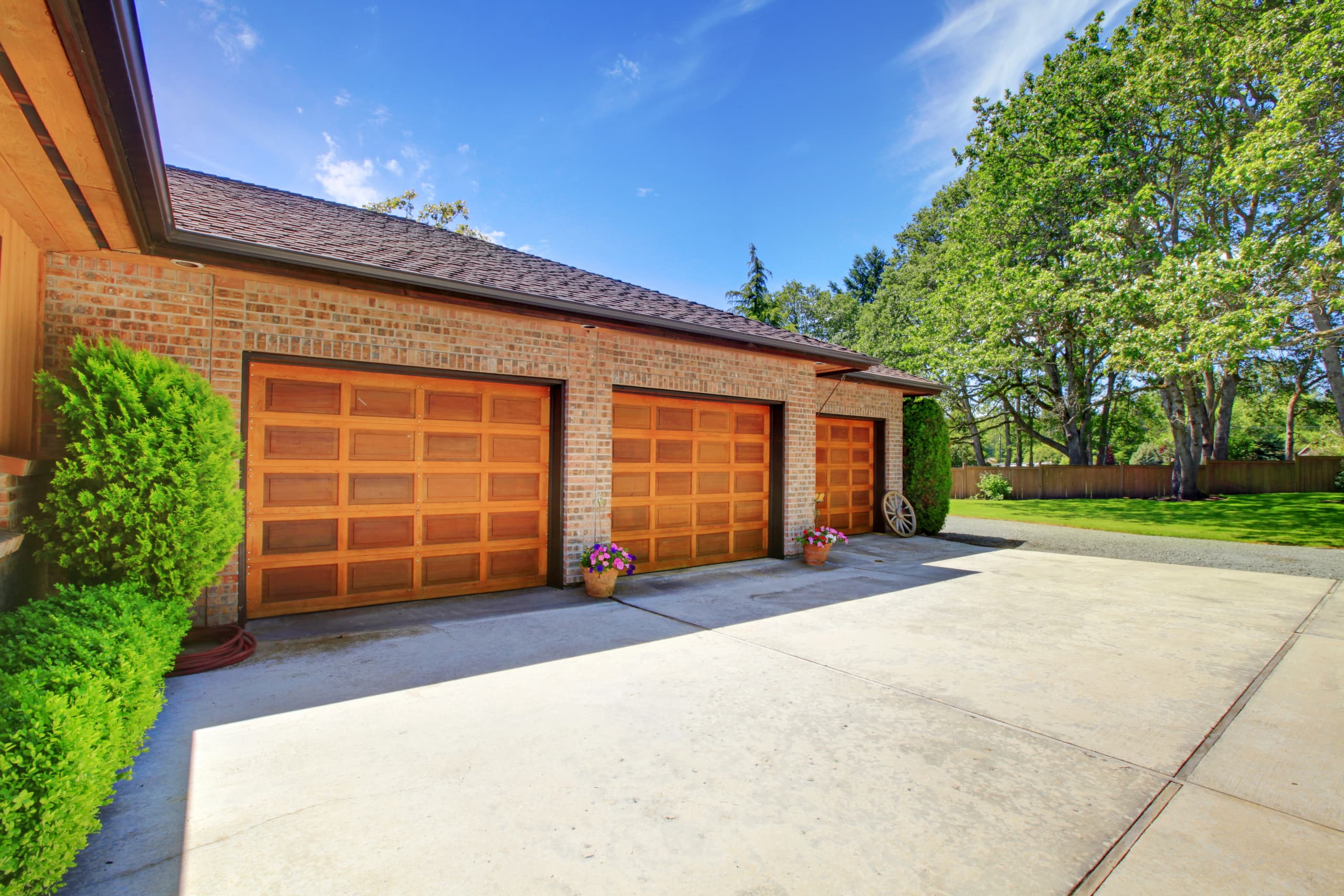The Garage Door Jargon You Should Know Before Buying

Similar to visiting a mechanic or an electrician, when you work with a professional garage door company, there are bound to be terms and jargon you’re not used to. It can make understanding what’s required tricky when you don’t understand the language used. But as a homeowner, it’s important that you know exactly what’s going on and what the engineer is talking about. To help you get acquainted with the terminology used in the industry, we’ve put together some of the commonly used jargon.
Track – this is the guide for the roller wheels on a sectional or roller garage door. The vertical track is mounted to the jambs, with brackets either side of the door opening. When the door is closed, the garage doors are supported on a vertical track, and on a horizontal track when the door is open.
Jambs – this refers to the upright framing on either side of the garage door opening. Jambs can be made from a range of materials, including wood, steel and masonry.
Torsion shaft – the shaft is attached to the torsion spring and it’s used to convert the lifting force of the springs to the cable drums and lifting cables.
Cable drums – cable drums are grooved drums which are located on the torsion spring shaft, attached to the lifting cables. When your garage door opens, the cables wind around the drum to allow the cable to be gathered or suspended. It prevents the cables from becoming damaged or overlapping.
Canopy – a term used when talking about up and over garage doors, the canopy is the final and fully opened state of the door panel, where one third of the door protrudes from the sub-frame to form a canopy.
Winding sleeves – winding sleeves are used to safely apply torque from a torsion spring. The design retains a torsion spring when it’s fully wound or unwound, and withstands the force exerted from the spring when the door is in operation.
R value – R value is used to rate the capacity of the door’s material to resist heat flow. A higher R value means the door has greater insulating power.
Guide rail – these are the side channels for a roller garage door. The steel or aluminium sections on either side of the door curtain hold and guide the curtain up and down when the door is being opened and closed.
Curtain – the curtain is any part of the roller door which forms a barrier. For most roller doors, the curtain consists of individual slats or a continuous sheet of metal, and the strength of the door is determined by the depth and height of the slats used to create the curtain.
Leaf – a term used to describe hinged door panels. There will be a hinged door leaf and a slave or active leaf, meaning the door panels are opened first with the slave leaf kept locked, for the active leaf to close into.
Choosing a new garage door?
- Explore our range of leading garage door manufacturers. We'll help you to choose the right door for your home.
Fascia – a timber, UPVC, steel or aluminium board which covers the gap above the garage door frame, or covers the curtain roll of a roller garage door when it’s located underneath the lintel. It’s a finishing component which creates a sealed door and frame.
Safety edge – the leading edge on any automated roller door, which detects obstacles to stop the door immediately and reverse. It’s a legal requirement on any remote controlled roller garage door in the UK, preventing the door from hitting any object underneath.
Cycle – one cycle of a garage door is from the moment it’s fully closed to when it’s fully opened, and then back to closed again. Torsion spring doors are rated based on how many cycles they can safely complete over the course of their lifetime, such as 25,000 or 100,000 cycles, for example.
Sub frame – the sub frame is a goalpost-style surrounding frame for up and over side hinged doors which can be made from timber, aluminium or steel. It is an essential component of the installation of the door, housing the mechanism, weather seals and locking points.
Weather stripping – this is a rubber material which is installed along the perimeter of the door to protect against wind and rain. It also makes the door more energy efficient and secure.
As you can see, there are many terms relating to garage doors, but hopefully this guide will be helpful during your next installation or garage door repair. If you need further advice or have any questions, please don’t hesitate to get in touch with us and we’d be happy to help.

